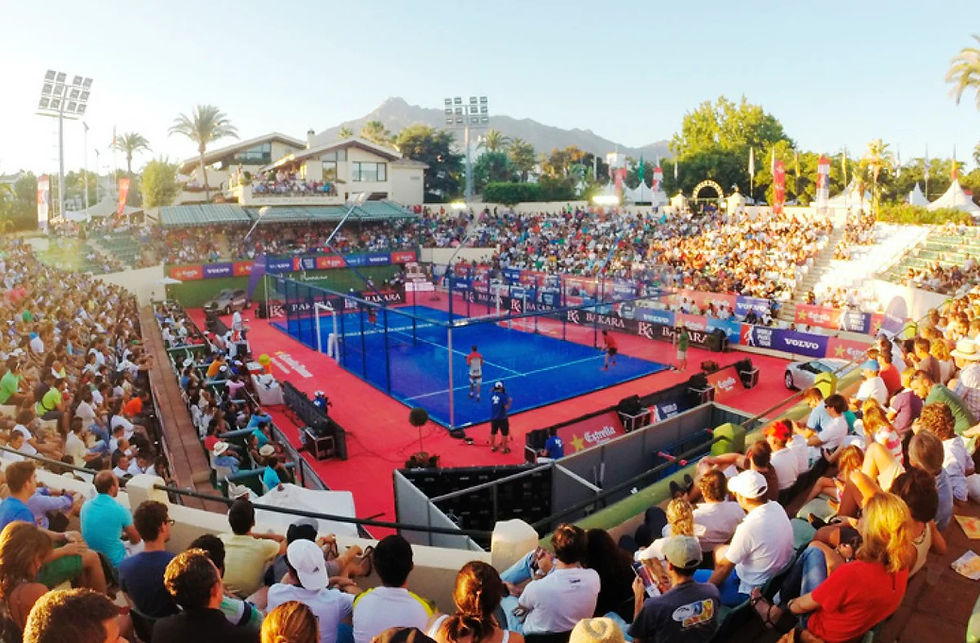Inside the Shadowy World of PEDs: SAIDS's Mission, and Why Some Endurance Athletes Choose to Cheat.
- support67379
- Nov 12
- 3 min read
Updated: Nov 15

The High-Stakes Race: Doping, Deception, and the Fight for Clean Sport
Endurance sports in South Africa—whether it’s road running, trail running, cycling, or triathlon—celebrate the incredible things the human body can do. But behind the inspiring performances and finish-line triumphs, the issue of doping continues to cast a long shadow. It’s a problem that threatens not just fairness, but the very spirit of sport itself.
At the centre of South Africa’s efforts to keep sport clean is the South African Institute for Drug-Free Sport (SAIDS), the national body tasked with detecting, deterring, and preventing the use of banned substances. Established through an Act of Parliament, SAIDS operates independently and has the authority to test athletes across all sporting codes. Although a local organisation, it works within the strict framework of the World Anti-Doping Code, ensuring its processes align with global standards and that South African athletes are held to the same expectations as competitors anywhere in the world.
Despite these efforts, doping violations are still uncovered each year. High-profile cases in recent years—whether in mountain biking, sprinting, or endurance running—have shown that no discipline is immune. For instance, the sanctioning of ultra-distance runner Samuel Matsepe in 2025 reminded the endurance community that testing is ongoing and that even top performers remain under close scrutiny. SAIDS regularly publishes its sanctions list, and year after year it reflects a steady stream of violations across multiple sports.
Among the substances most commonly associated with endurance sports, EPO stands out. Normally produced in the kidneys to stimulate red blood cell production, synthetic EPO can dramatically boost an athlete’s ability to transport oxygen, delay fatigue, and sustain high performance. It’s easy to see why it’s tempting—but it’s equally dangerous. Illicit EPO is often sourced from the black market, where purity and dosage are completely unreliable. And more importantly, artificially thickened blood significantly increases the risk of clots, stroke, heart attack, and other serious health consequences.
Trying to quantify how many athletes dope—either professionally or recreationally—is nearly impossible. Doping, by nature, happens in the dark. While some studies suggest prevalence rates under 5%, others, particularly anonymous surveys, show much higher numbers. What’s clear is that detection methods, like the Athlete Biological Passport, have become far more sophisticated. Instead of relying only on a single test, the passport builds a long-term profile of an athlete’s biomarkers. Unusual changes over time can reveal manipulation even when no specific substance is found. This has made doping riskier, but it hasn’t eliminated it.
What’s particularly worrying is the rise of doping among amateurs. With the growth of competitive age-group racing, Strava-driven comparisons, and the quest for personal bests, more recreational athletes are experimenting with banned substances. Some chase performance, others chase appearance, and many underestimate the serious medical risks involved. Outside the professional system, testing is limited, creating an environment where misuse can flourish.
Even so, SAIDS is widely regarded as fair. Its procedures are tightly controlled by international standards, and athletes have the right to hearings, B-sample testing, and appeals. The goal is not to punish but to protect clean athletes and maintain trust in competition.
In the end, doping is rarely just about the drug itself. It’s about the immense pressure to perform, the allure of fame and financial reward, the belief that others are cheating, and the seductive idea that success can be fast-tracked. These forces can push athletes—elite or amateur—to make decisions that gamble with their careers, their reputations, and their long-term health.
The truth is simple: doping undermines everything sport is meant to stand for. While SAIDS and other anti-doping bodies continue to fight for fairness, the temptation to cheat isn’t going away anytime soon. But neither is the determination to protect clean athletes, preserve integrity, and keep the playing field level for everyone who chooses to compete the right way.



Comments